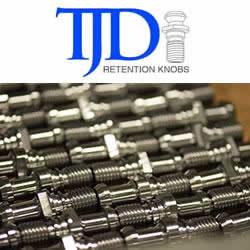New Materials for Manufacturing: The Economist's Overview For 2015
From The Economist's Technology Quarterly:
This is what some scientists describe as a “golden age” for materials. New, high-performing substances such as exotic alloys and superstrong composites are emerging; “smart” materials can remember their shape, repair themselves or assemble themselves into components. Little structures that change the way something responds to light or sound can be used to turn a material into a “metamaterial” with very different properties...
...When it comes to making chemical bonds, one element, carbon, is in a league of its own; a more or less infinite number of distinct molecules can be made from it. Chemists call these carbon-based molecules organic, and have devoted a whole branch of their subject—inorganic chemistry—to ignoring them. Mr Ceder’s Materials Project sits in that inorganic domain. It has simulated some 60,000 materials, and five years from now should reach 100,000. This will provide what the people working on the project call the “materials genome”: a list of the basic properties—conductivity, hardness, elasticity, ability to absorb other chemicals and so on—of all the compounds anyone might think of. “In ten years someone doing materials design will have all these numbers available to them, and information about how materials will interact,” says Mr Ceder. “Before, none of this really existed. It was all trial and error... (full article)
Comments (0)
This post does not have any comments. Be the first to leave a comment below.
Featured Product

